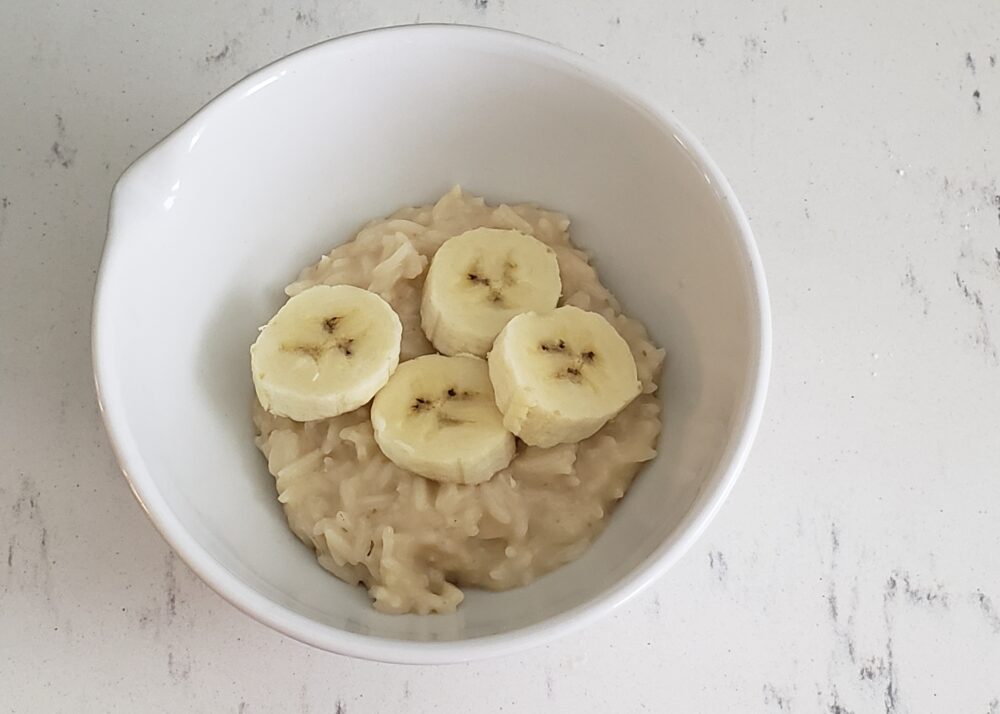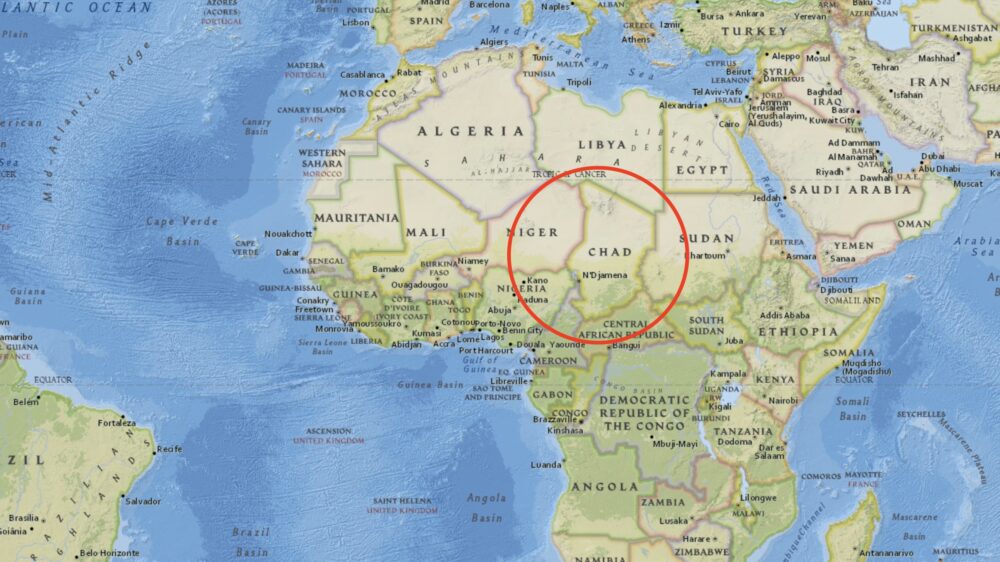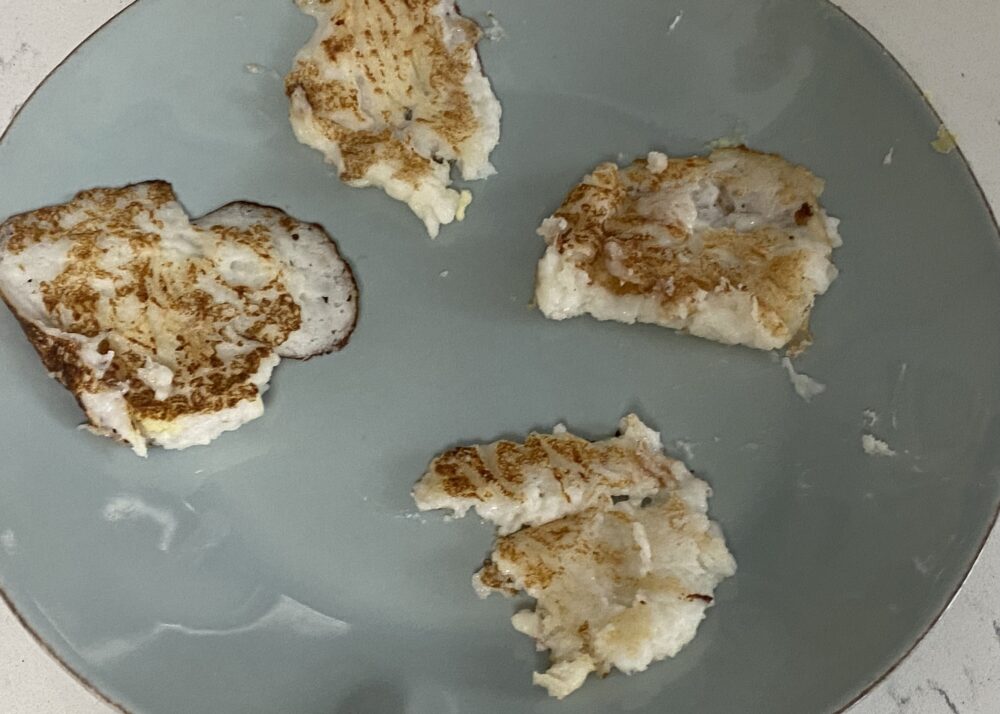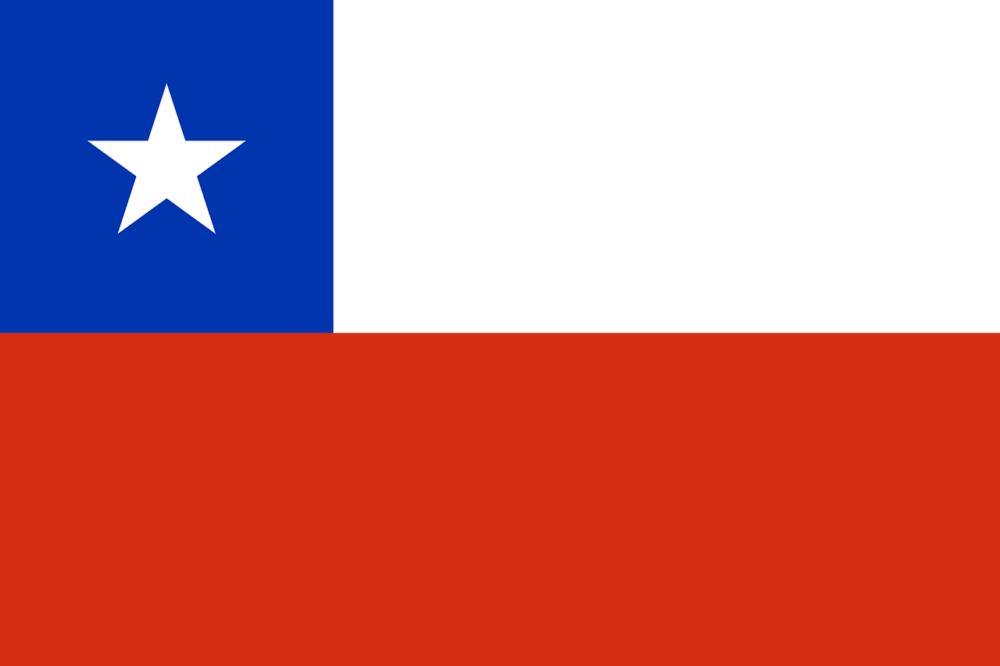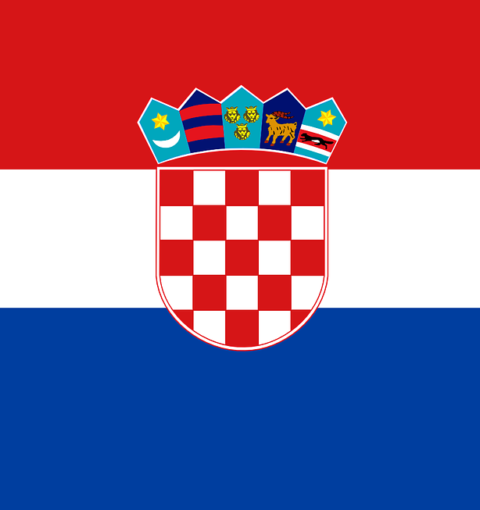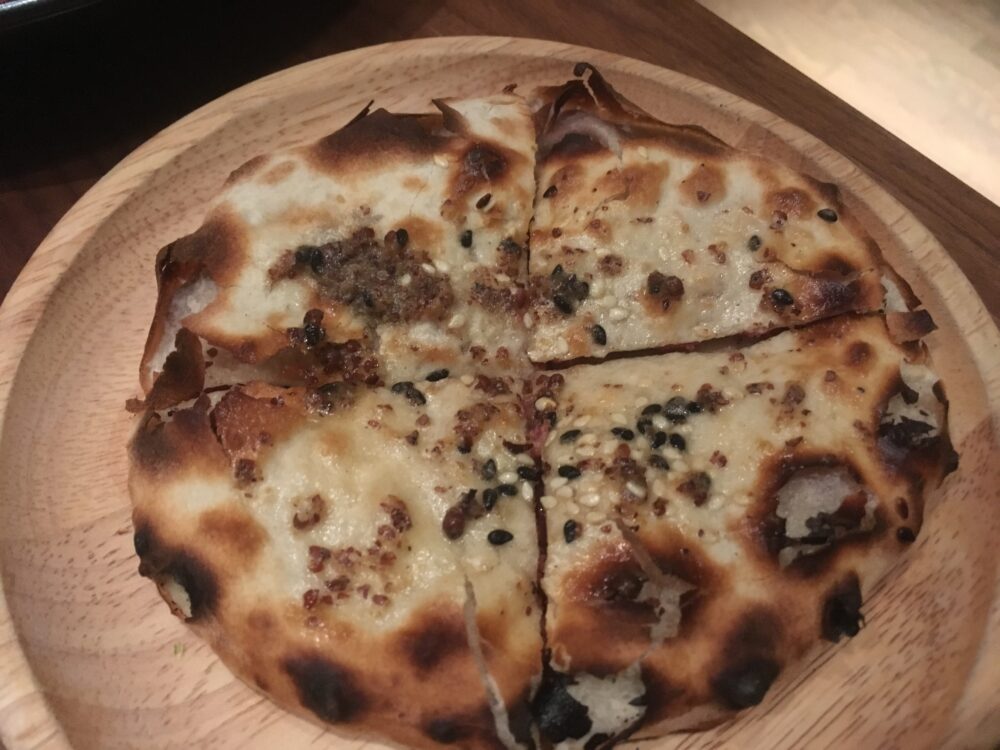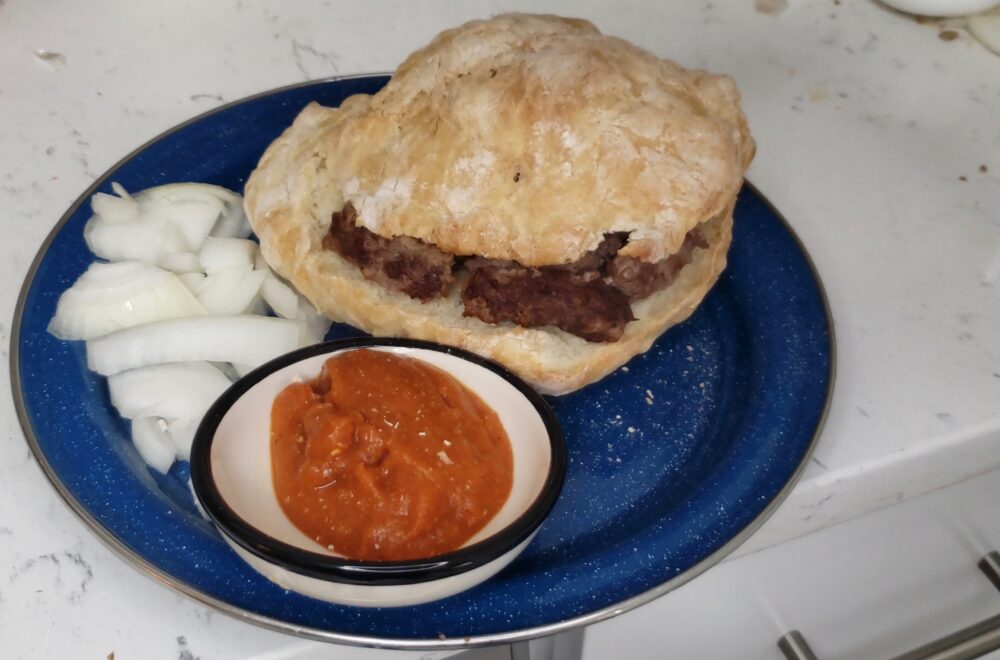Since the beginning of this journey, we have always made a dish for dinner from each country. We may have incorporated a drink or a dessert here and there, but it’s always been dinner.
This week will be a little different. We’re waking up early and getting the day started with a warming breakfast from Chad, in central Africa, just north of last week’s country.
THE PLACE AND ITS CUISINE
I joke in the video that this is the only country I can think of named after a kid I went to high school with. Chad. Then I remembered Jordan.
But the truth is Chad is named after Lake Chad (or Tchad), a major feature of the country and the second largest wetland in all of Africa. Many rivers and basins are connected to the lake. Other geographical features of the country include a desert area in the north (the Sahara), mountains, volcanoes, and plenty of rivers.
Not only is it the fifth largest country in Africa, but it is also known as the “Dead Heart of Africa”. That’s because it is in the middle (or the heart) of the continent and its harsh deserts (especially in the north) make it very cold and arid.
Due to the arid deserts in the north and the more fertile forests in the south, the cuisine of Chad varies regionally. In the north, there is more of a nomadic lifestyle and milk and meat are important. In the south, there is a greater reliant on fish, grains, fruits, and tubers, like cassava and sorghum.
There is also a large French and Muslim influence in some of Chad’s dishes and cooking techniques.
Traditional Dishes:
JARRET DE BOEUF – a slowly simmered beef shin stew with lots of vegetables, like eggplant, carrots, and sweet potatoes, and paired with rice or fufu
DARABA – this is a very simple stew of mixed vegetables (tomatoes, eggplants, carrots, etc.) that is thickened with okra and flavored with peanut butter and cayenne pepper
KISSAR – a very unique pancake, or crepe made with yeast, sugar, rice or semolina flour and yogurt, which is fermented and then cooked on a griddle
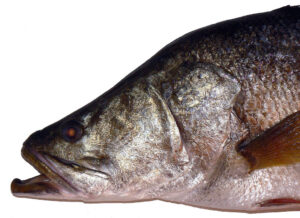
CHADIAN FOOD IN NEW YORK
Oftentimes when I discover a specific African restaurant in the city, it is in the Bronx, Queens, or deep into Brooklyn. In the old days, I would have easily traveled from subway line to subway line to check it out. These days it has become a bit harder.
But when doing research for Chad, I discovered a Chadian restaurant right in the heart of Manhattan in the East Village. Green Garden Buffet opened early on in the pandemic (July 2020) and unfortunately was also a victim of it because by the time I got myself there, it had unfortunately closed up.
THE VIDEO
Since last week we “drove” to CAR (Central African Republic), Sam wants to know drive to all our destinations. And this one makes sense since it is adjacent to our last country.
Most of the meal involved mixing, which is one of Sam’s favorite kitchen activities. So between driving, mixing, and playing with rice, we were practically at a playground.
THE DISH
I learned how to make both oatmeal and rice a long time ago, so the techniques involved in this pretty simple breakfast were ones I was familiar with.
But the flavors are much more unique and pleasurable than my usual breakfast of oatmeal and fruit.
La Bouillie is clearly something influenced by the French in Chad, but also utilizes some of the important ingredients in the Chadian diet – peanut butter, rice or wheat, millet and bananas.
It’s most often eaten hot during breakfast, but I have also seen it called a dessert. A dessert in the desert, Sorry about that.
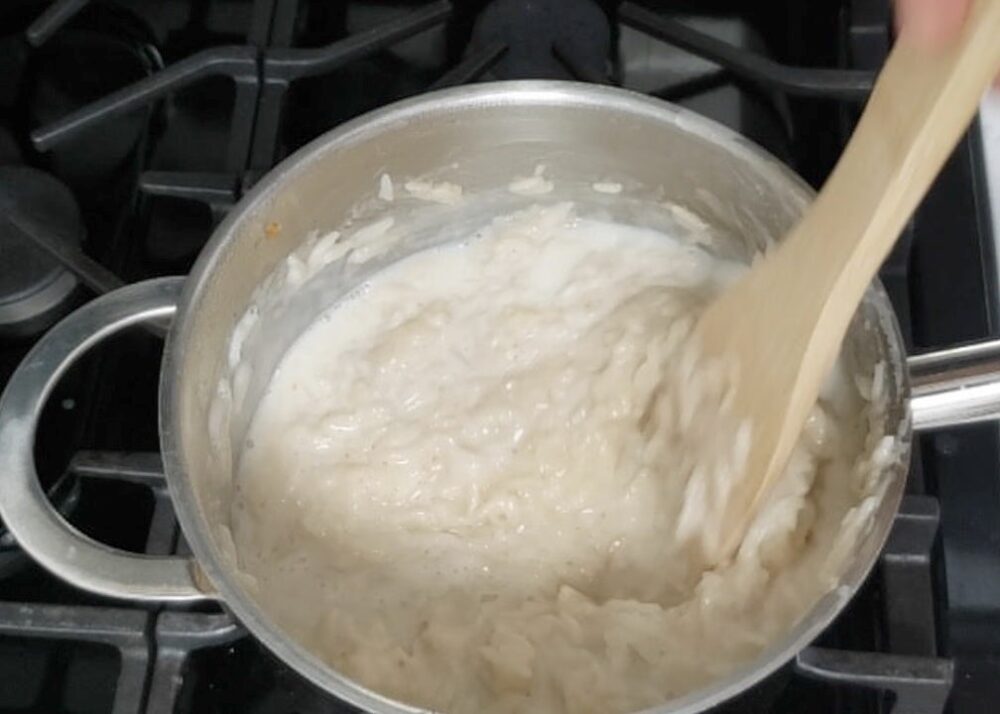 This is a porridge traditionally made of rice or wheat berries and cooked like oatmeal with some milk, thickened with a millet paste, and sweetened with brown sugar and peanut butter. Oftentimes some lemon or buttermilk is added to provide a contrasting tang.
This is a porridge traditionally made of rice or wheat berries and cooked like oatmeal with some milk, thickened with a millet paste, and sweetened with brown sugar and peanut butter. Oftentimes some lemon or buttermilk is added to provide a contrasting tang.
Like many popular dishes, this can vary from household to household based on what spices or ingredients are available. I’ve seen versions topped with bananas, other with strawberries, some with ginger or peanuts.
Regardless, this is a very simple way of getting a yummy taste of the Chadian diet.
THE RECIPE:
Recipe adapted from tchad.org
La Bouillie from Chad

This warm breakfast could also double as dessert to warm you up after a cold night in the desert of Chad. A pretty simple and easy rice porridge seasoned with peanut butter, brown sugar, and thickened with millet paste is a great start (or end) to any day.
Peanut Butter Sauce
- 3 tbsp peanut butter
- 1 cup water (warm)
Millet Paste
- 3 tbsp millet flour (can substitute wheat or corn flour)
- 1.5 tbsp water
Rice Porridge
- 1 cup rice (or wheat berries)
- 4 cups water
- 1 tbsp lemon juice (optional)
- 1 cup milk
- 1 tbsp brown sugar
- banana slices (for garnish)
Peanut Butter Sauce
-
Dissolve peanut butter with warm water. Set aside.
Millet Paste
-
Make a paste with the millet flour by slowly adding water to it and stirring until thick. Set aside.
Rice Porridge
-
Boil 4 cups of water. Add rice and stir once. Bring to a boil.
-
Stir in peanut butter sauce until incorporated.
-
Stir in millet paste until incorporated.
-
Stir and cook until it begins to thicken.
-
Add in milk and brown sugar and continue to stir. Add lemon juice if you like.
-
Lower the heat, cover, and cook on low for 10-15 minutes.
-
Serve with sliced bananas.
So we didn’t screw this dish up but we had a disaster the previous night. Perhaps one day I’ll release that video.
The original plan for Chad was to make Jarret de Boeuf and Kisar (see further up in this article). The beef stew came out ok but was terribly bland and needed more water.
The fermented crepe (hisar) was a total disaster. I fermented the semolina overnight, which was exciting, but the batter completely fell apart. The flavor was interesting but I had no idea if it was supposed to taste as funky and sour as it did.
So instead we tried a much more simple recipe for breakfast. And this rice porridge came out perfectly. A hint of sweetness, nice and thick without being too rich.
If we screwed up anything, it was that the peanut butter didn’t dissolve as much as we would have liked and perhaps it could have been a bit smoother. But I don’t think it affected the final dish much.
It’s good to know that I can’t make rice without too much trouble. What kind of food vlogger would be I be if I can’t make rice? Famous last words, of course.
SAM’S REACTION
I thought for sure this would be a home run for Sam. It’s made of three of his favorite ingredients: rice, peanut butter, and sugar.

But for some reason, he refused to try it. I even tried the old “Choo Choo” in the tunnel trick and he was not interested.
Perhaps it’s his age. He was interested in taking his trains to Chad, so at least he now knows about this country. I just wish he would have tried its delicious breakfast.
NEXT TIME
Next week, we’re heading just about as far south as we can possibly go. The most southern country in the world where it can sometimes get chilly, but that’s not why the country is called Chile…

